15th C. German Gauntlets (88101)
—- SOLD —-
15th C. German Gauntlets
Provenance: Private collection,
Condition: Very good.
Advancements in arms and armor were for much of the medieval period a series of “one-upmanship” affairs. That is, armor would be designed to mitigate the effects of current weaponry, and weaponry would be adapted to counteract this protection. Blades that could cut boiled or hardened leather were countered with brigandine armor, which were met with stronger blades and axes, which were met with chain mail with padded gambesons beneath for shock absorption. Chain mail could be split, though, which led to advancements in the area of plate armor. Constructed from solid pieces of steel linked at the joints by chain mail or smaller plates, plate armor was a significant leap forward in technology. While swords could be made with stiff, rigid blades to attack the joints and bludgeoning weapons such as maces and war hammers were still a threat, the development of plate armor represented the dawning of a new era of warfare.
With the advent of plate armor came new opportunities for artistic expression. There are limits to the decoration one can add to chain mail, and while leather can be carved and painted it is ineffective for protection. Plate mail, though, provides a canvas for artisans to express their skills, and nowhere were these skills more broadly express than in Renaissance Europe. The artisans of Italy, Germany, and elsewhere developed many techniques to decorate armor to showcase their skills, draw attention to the wearer, and pay tribute to their lords. Gilding, inlay, damascening, encrusting, embossing, etching, engraving, and pointillé decoration were all used with great effectiveness to create designs of surpassing beauty. As these pieces of armor were works of art in their own right, many surviving examples exist in museums and private collections around the world. It is from one of these private collections that this set comes to us.
0.00 CAD
Sold
These 15th gauntlets originate from a private European collection. Based on the design of the gauntlets they appear to be similar in form (if not level of adornment) to the later works of Kunz Lochner and the Nuremberg armorers of the mid 16th century. For instance, the gauntlets resemble the gauntlets from the Armor of Emperor Ferdinand I currently on display at the Metropolitan Museum (though obviously lacking the gilding). For this reason the Germanic origins for the gauntlets asserted by the owner are likely, though based on the engraving the gauntlets are older than Lochner’s work.
These steel gauntlets, though incomplete, are in relatively good condition considering their age. The artistic design is both simple and elegant – comprised mostly of finely etched central bands of foliage and foliage upper borders throughout the articles. The cuffs, similar to later examples out of Nuremberg, have a rolled and roped edge – again, simple and elegant. The rivets are stark, bold, and solid, providing strength still to the ancient steel. The cuffs build up into five metacarpal plates, also with etched foliage that continue the patterns seamlessly from the start. While the finger and thumb plates are lacking, the knuckle plates retain their shape and rivets. Unlike many pieces from this age, the exterior has no visible rust – only an even, light patina that does not obscure the subtle floral etching.
In remarkably good condition for their age, these 15th Century German gauntlets are an exquisite example of Renaissance Germany’s armor artistry. Later iterations of gauntlets such as this would have been relegated for parade duty; these ones (originating a century before heavy plate became more and more decorative and less practical during the Negroli/Milanese period) almost certainly saw use in battle. This is an opportunity to hold and display genuine artifacts that still hold their original beauty – few opportunities like this remain.
Be the first to review “15th C. German Gauntlets (88101)” Cancel reply
This site uses Akismet to reduce spam. Learn how your comment data is processed.



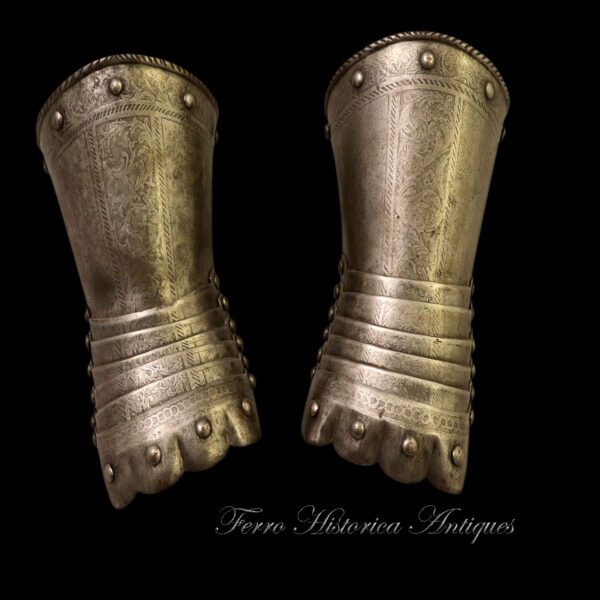
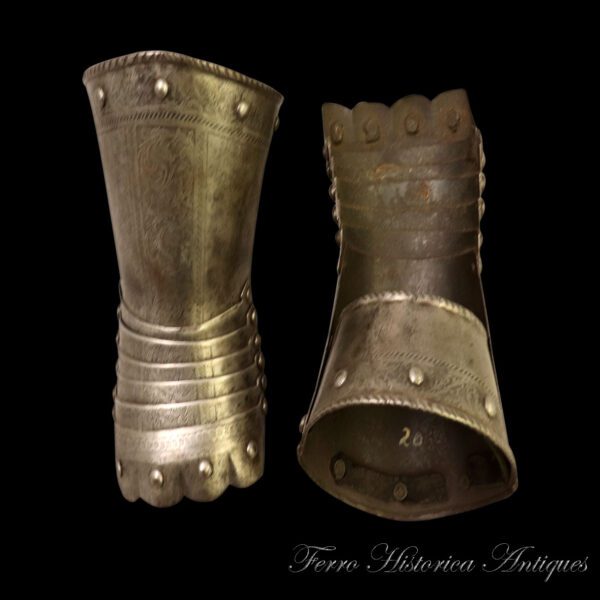
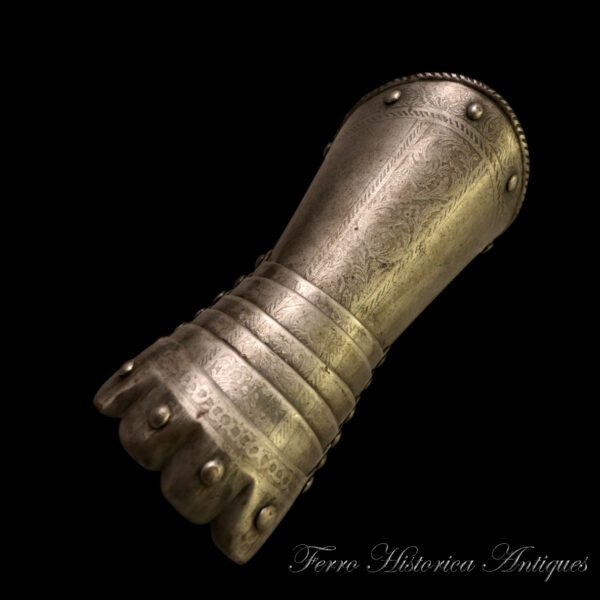
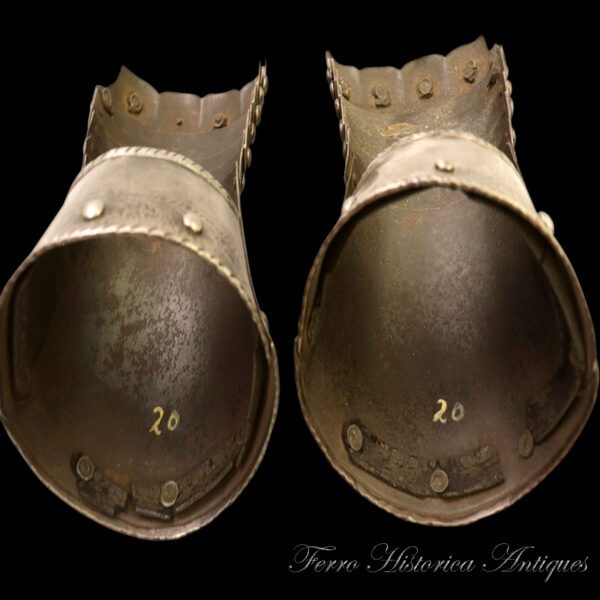
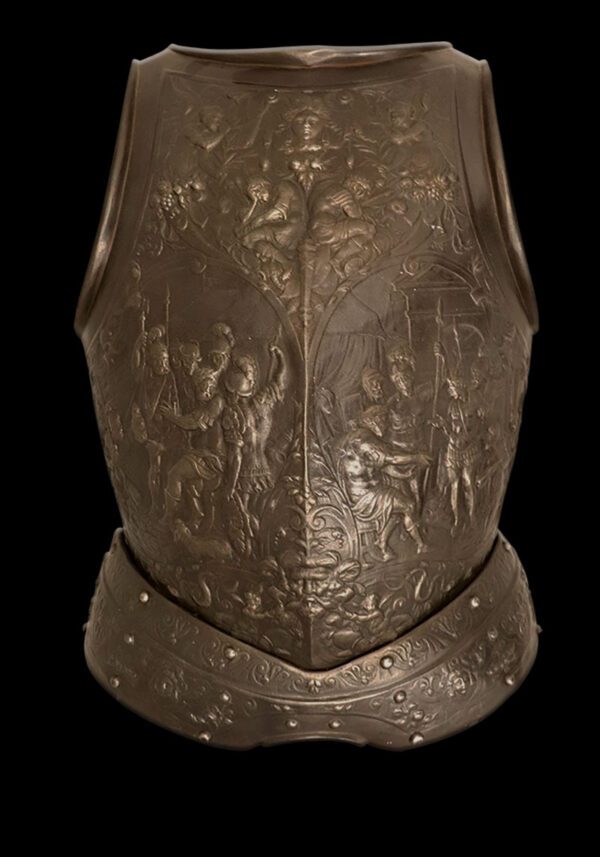
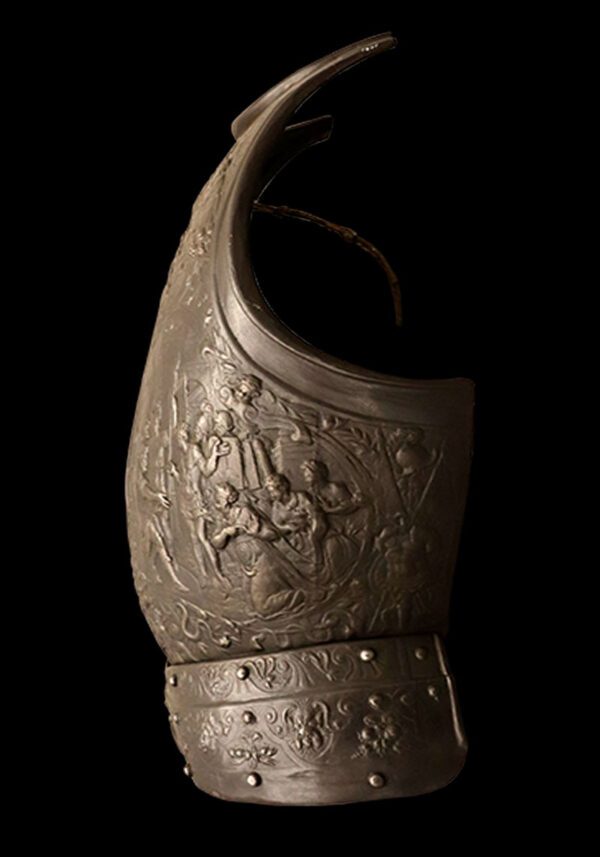
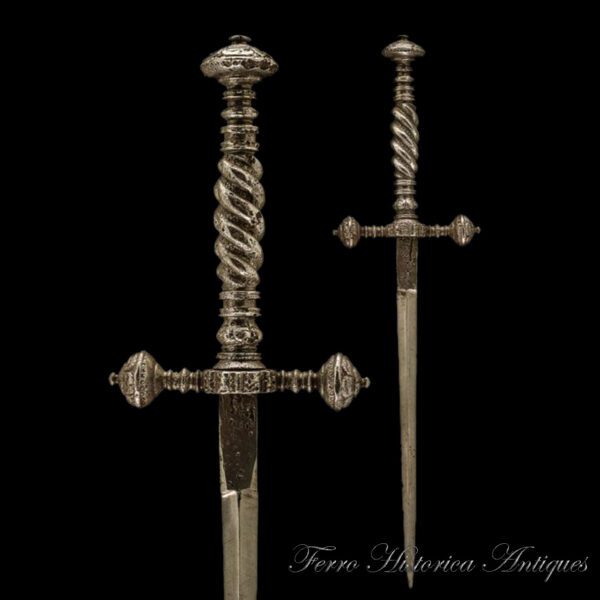

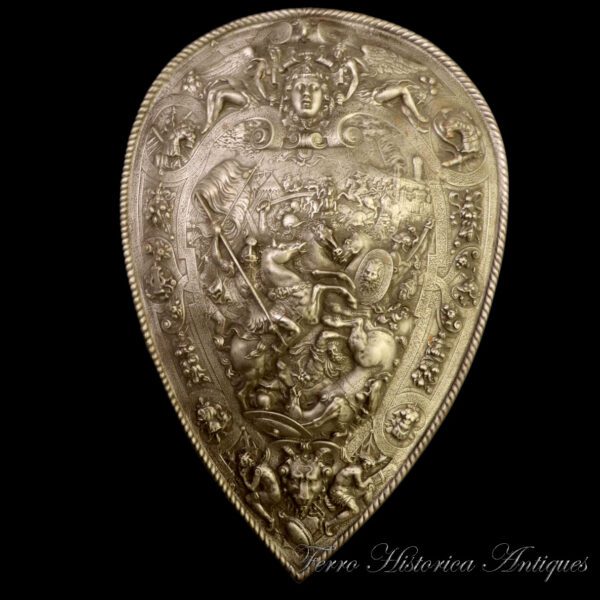
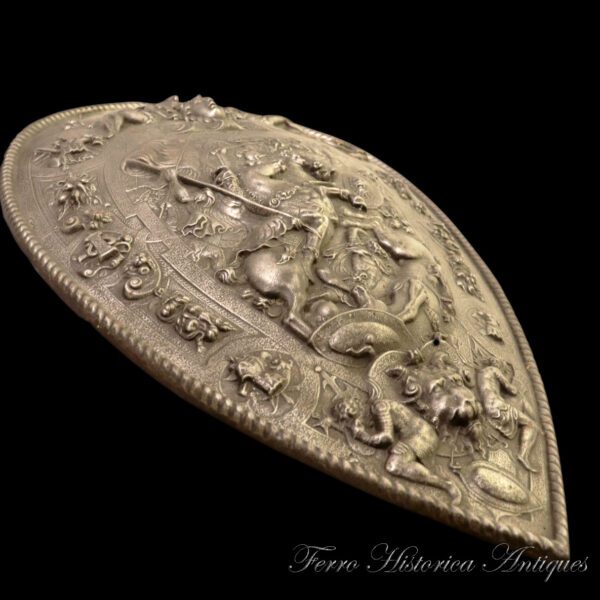
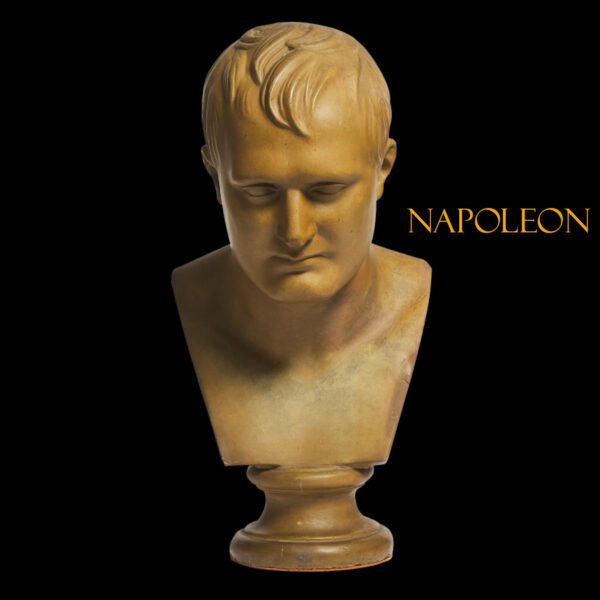
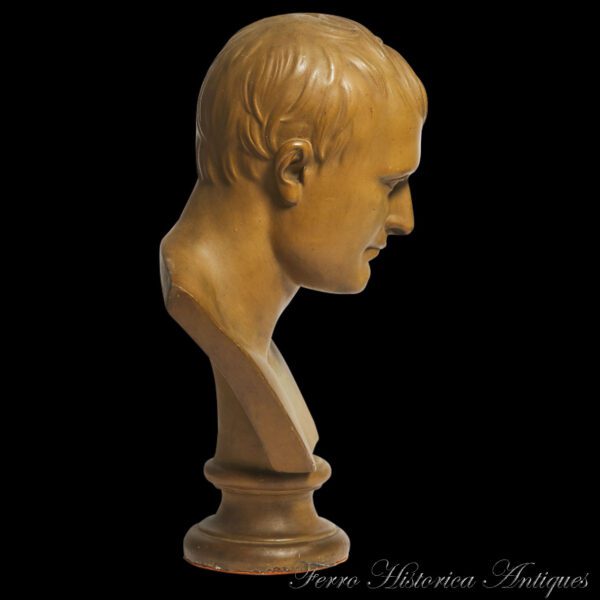
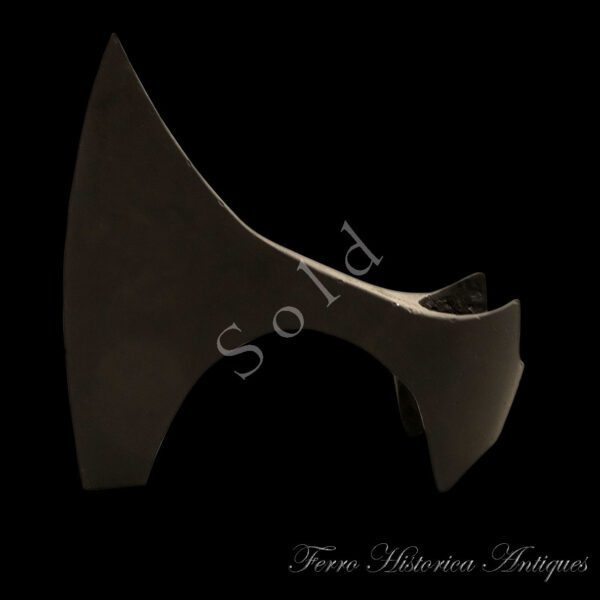
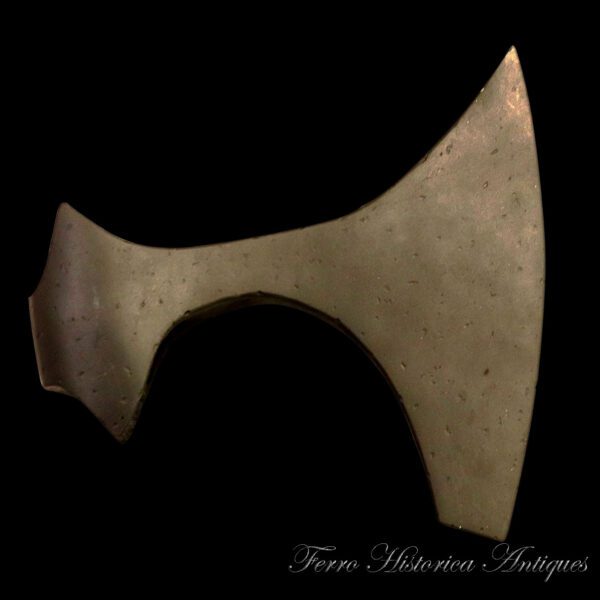
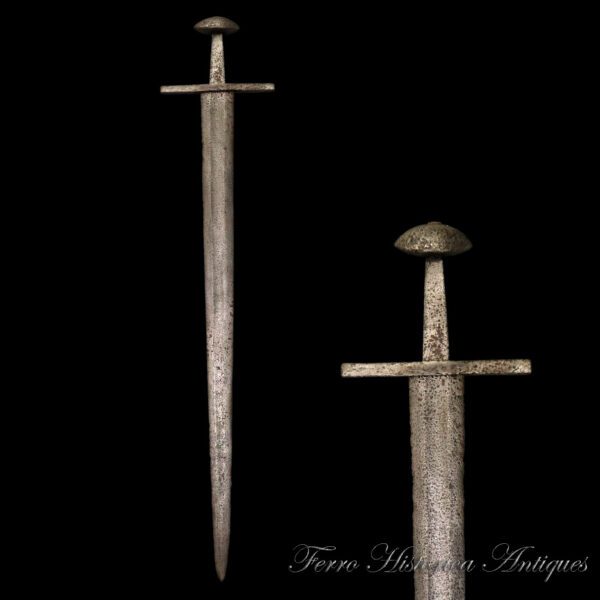
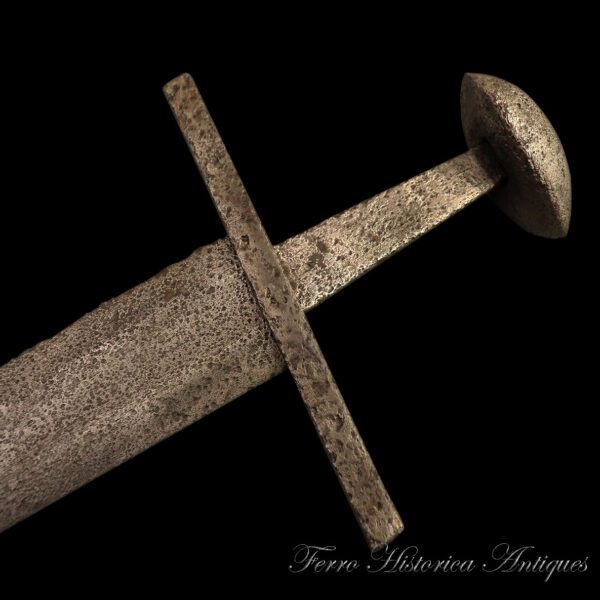
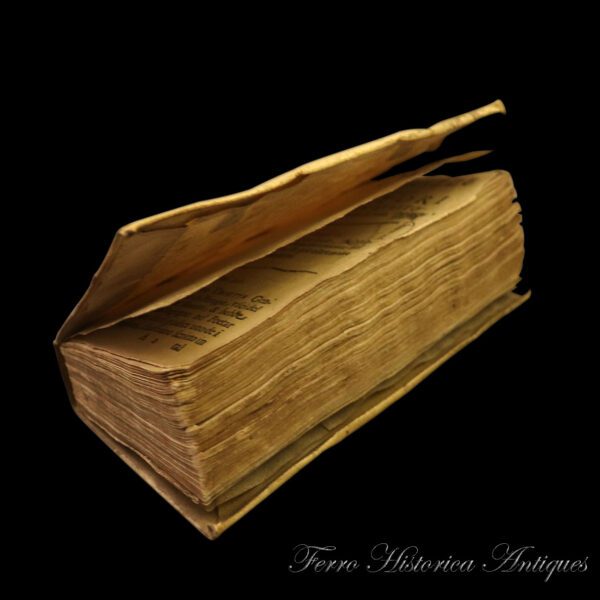
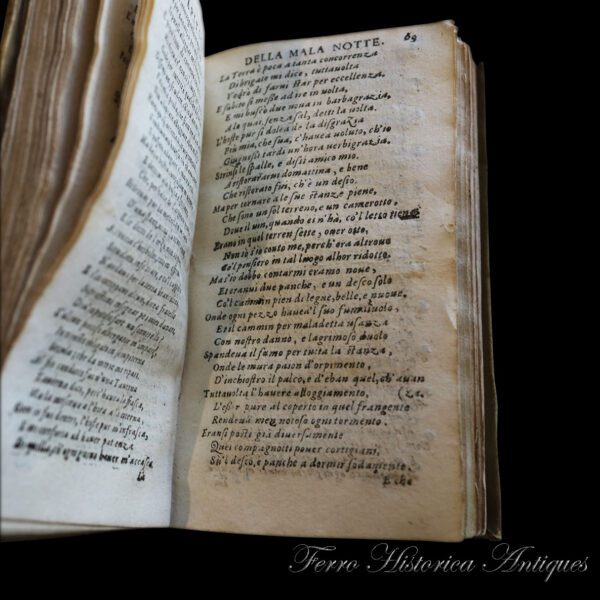
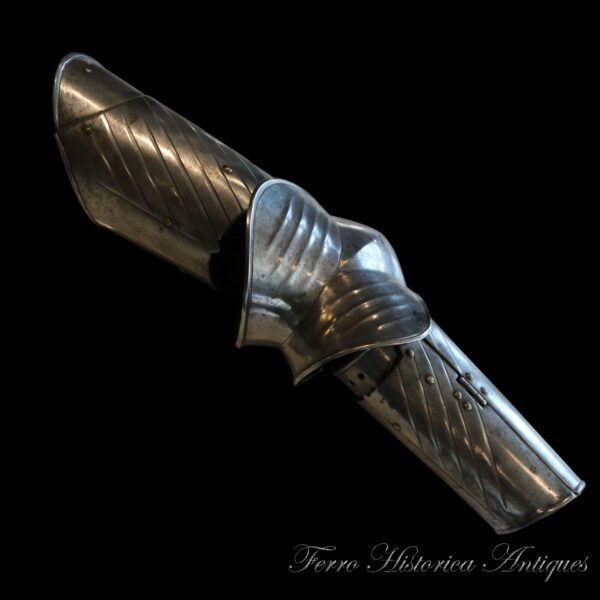
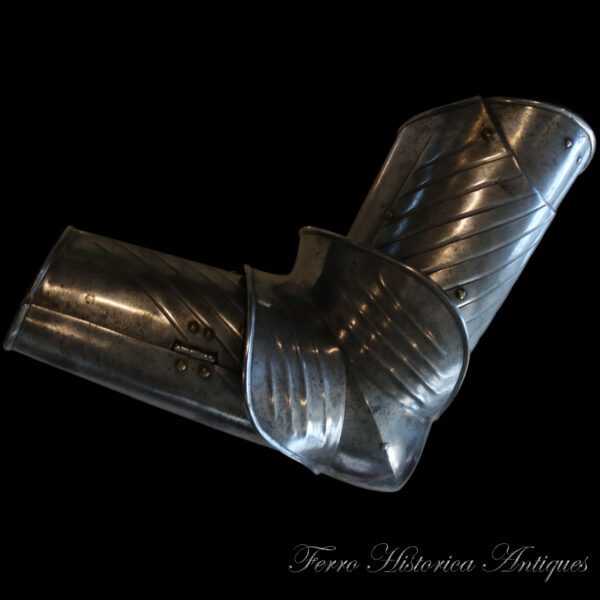
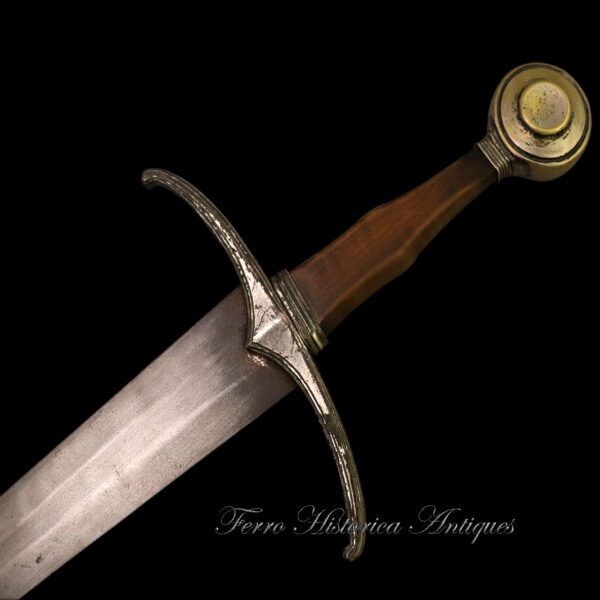
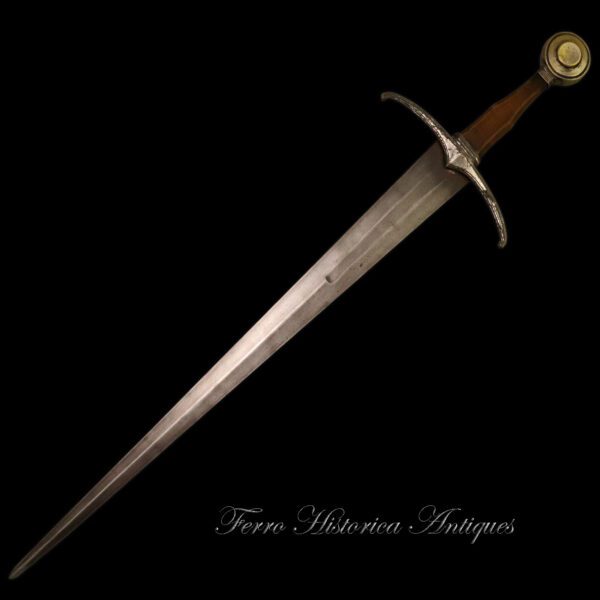
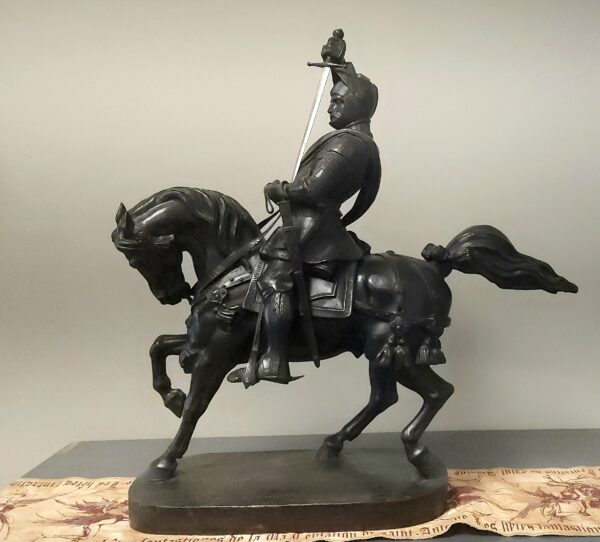
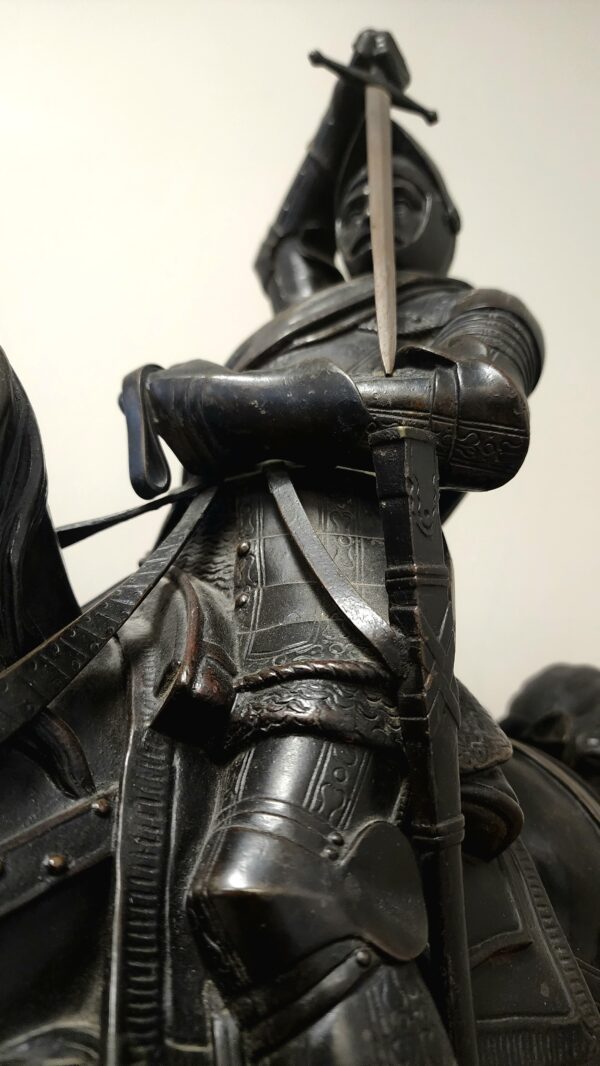
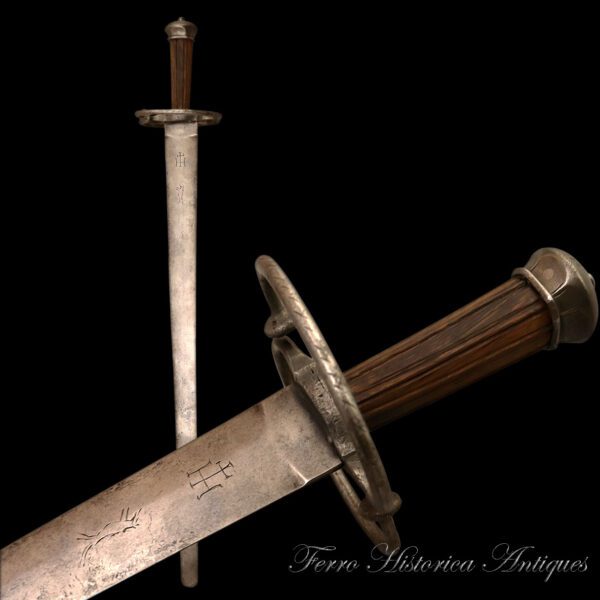
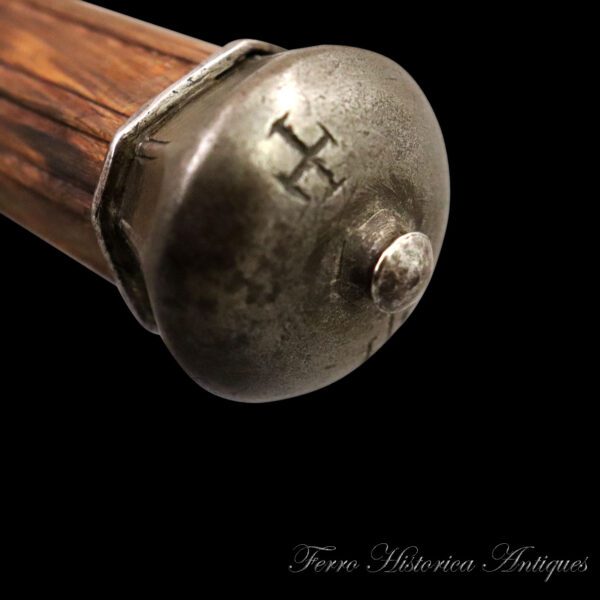
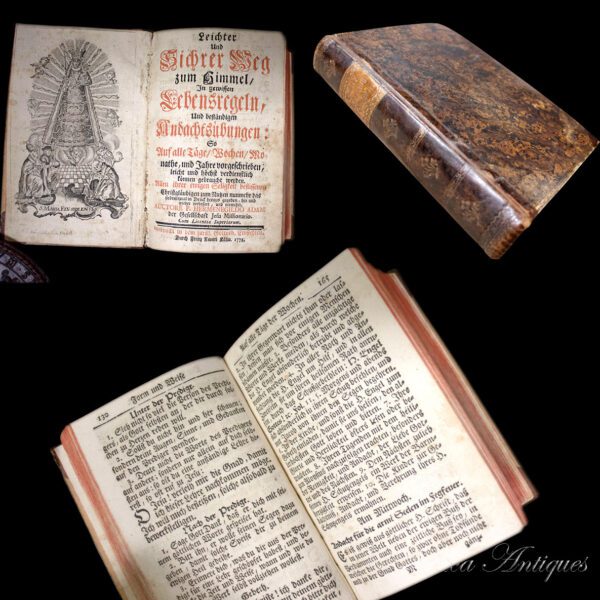
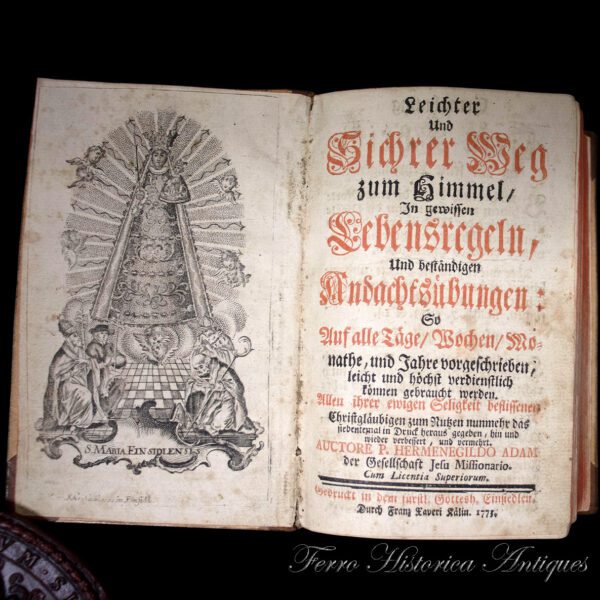
Reviews
There are no reviews yet.